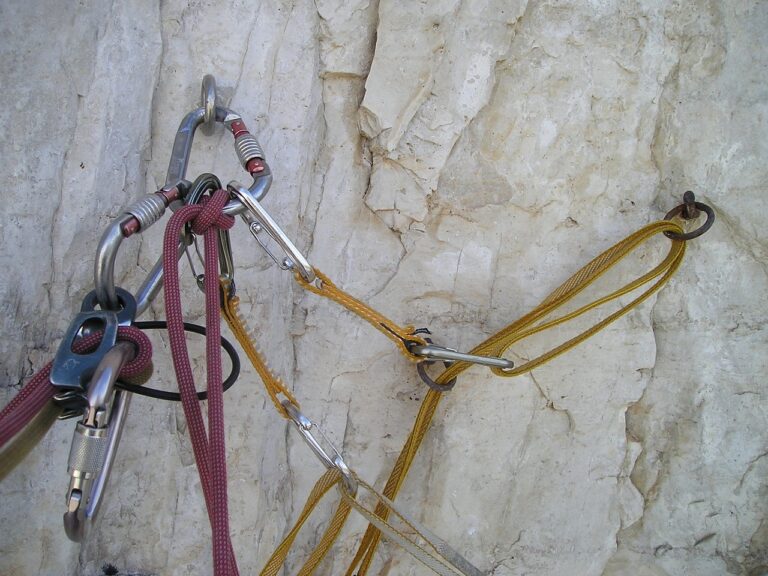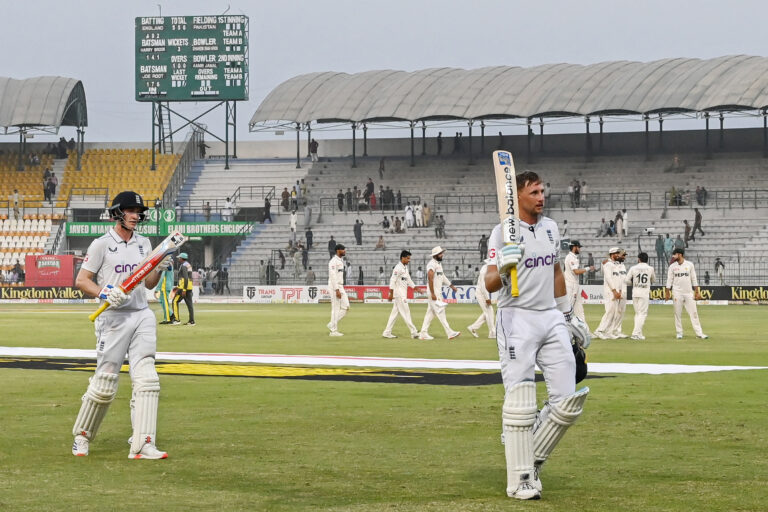Analyzing the Evolution of Cricket Field Maintenance
Gold365, Play99exch: One aspect of cricket that has seen significant evolution over the years is field maintenance. In the early days of the sport, field maintenance was minimal, with groundskeepers mainly concerned with ensuring a flat playing surface. However, as the game became more popular and competitive, the need for more sophisticated maintenance techniques became apparent.
As cricket fields began to host international matches and major tournaments, groundsmen started to experiment with different methods to improve the quality of the playing surface. Innovations such as the use of specialized mowers, turf-care products, and advanced irrigation systems have all played a role in transforming cricket fields into pristine, well-manicured surfaces that are conducive to high-level play.
Origins of Field Maintenance in Cricket
Field maintenance in cricket originates from the early days of the sport when matches were played on uneven and rugged terrains. Initially, minimal efforts were put into maintaining the playing field, with players often having to contend with bumpy surfaces and uneven patches of grass. As the popularity of cricket grew, so did the need for proper field maintenance to ensure a fair and safe playing environment for all participants.
The evolution of field maintenance practices in cricket can be traced back to the 18th century when groundsmen began implementing basic techniques to ensure the playing surface was in optimal condition. This included regular mowing of the grass, removal of debris, and rolling the pitch to create a flat and even surface. Over time, these traditional methods have been refined and modernized to meet the high standards expected in today’s professional cricket matches.
Traditional Methods of Maintaining Cricket Fields
To preserve the quality of cricket fields in the early days, simple techniques were employed. Ground staff primarily relied on manual labor to keep the playing surface in top condition. This involved regular mowing of the grass, rolling the pitch to make it firm, and filling any divots or holes to ensure a smooth and even surface for the players.
Additionally, traditional methods included hand-watering the pitch to maintain optimal moisture levels. Groundsmen would carefully monitor the weather conditions to adjust the watering schedule accordingly. In some cases, natural fertilizers and grass seeds were used to promote healthy growth and maintain the green lushness of the field. These time-tested practices were essential in upholding the integrity of the playing surface and providing a fair and competitive environment for cricket matches.







